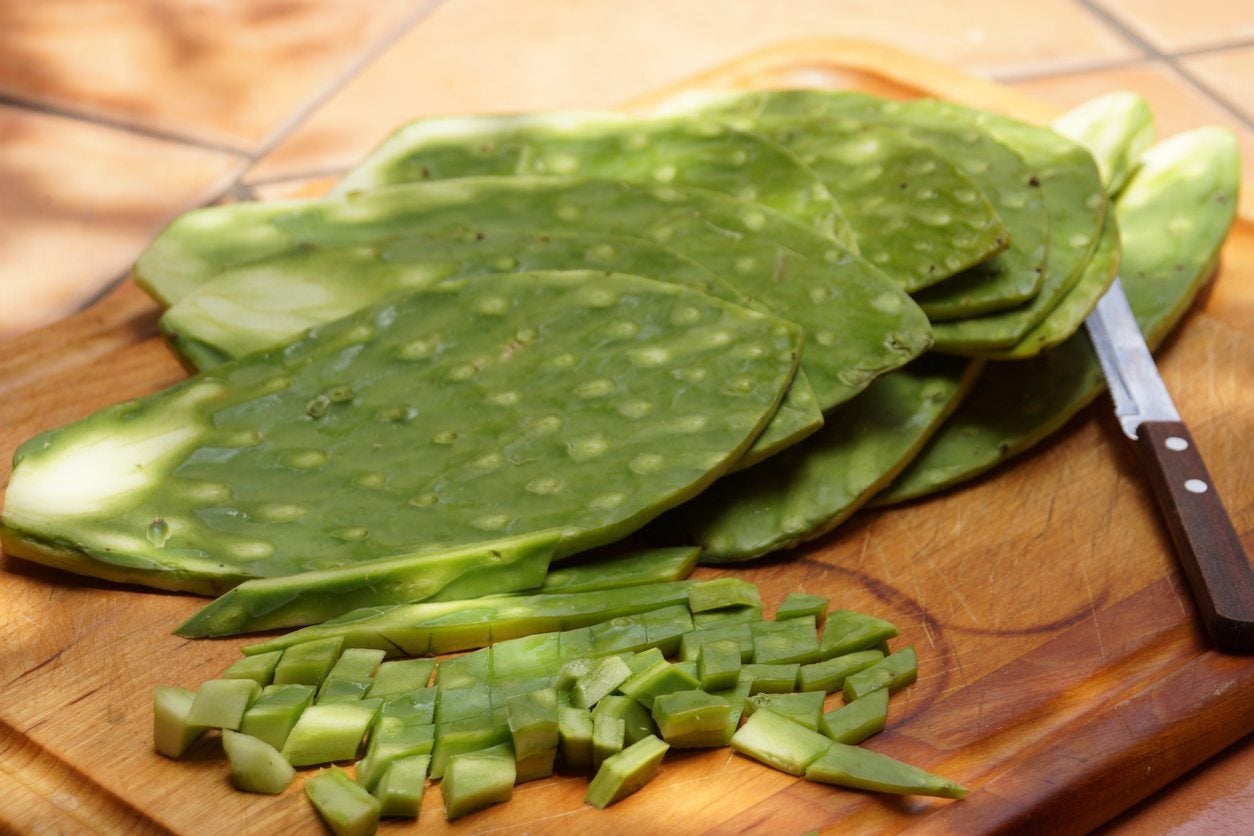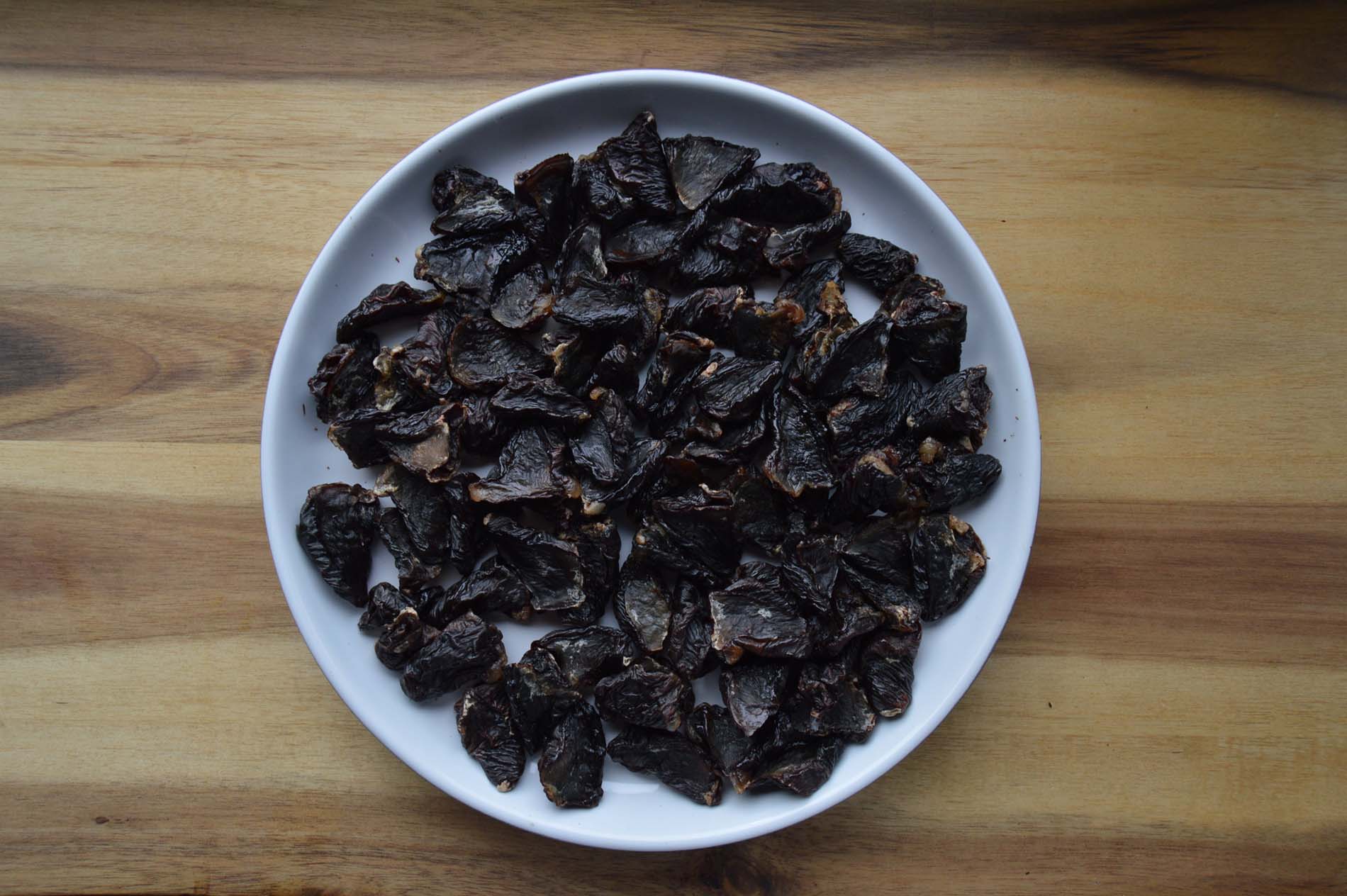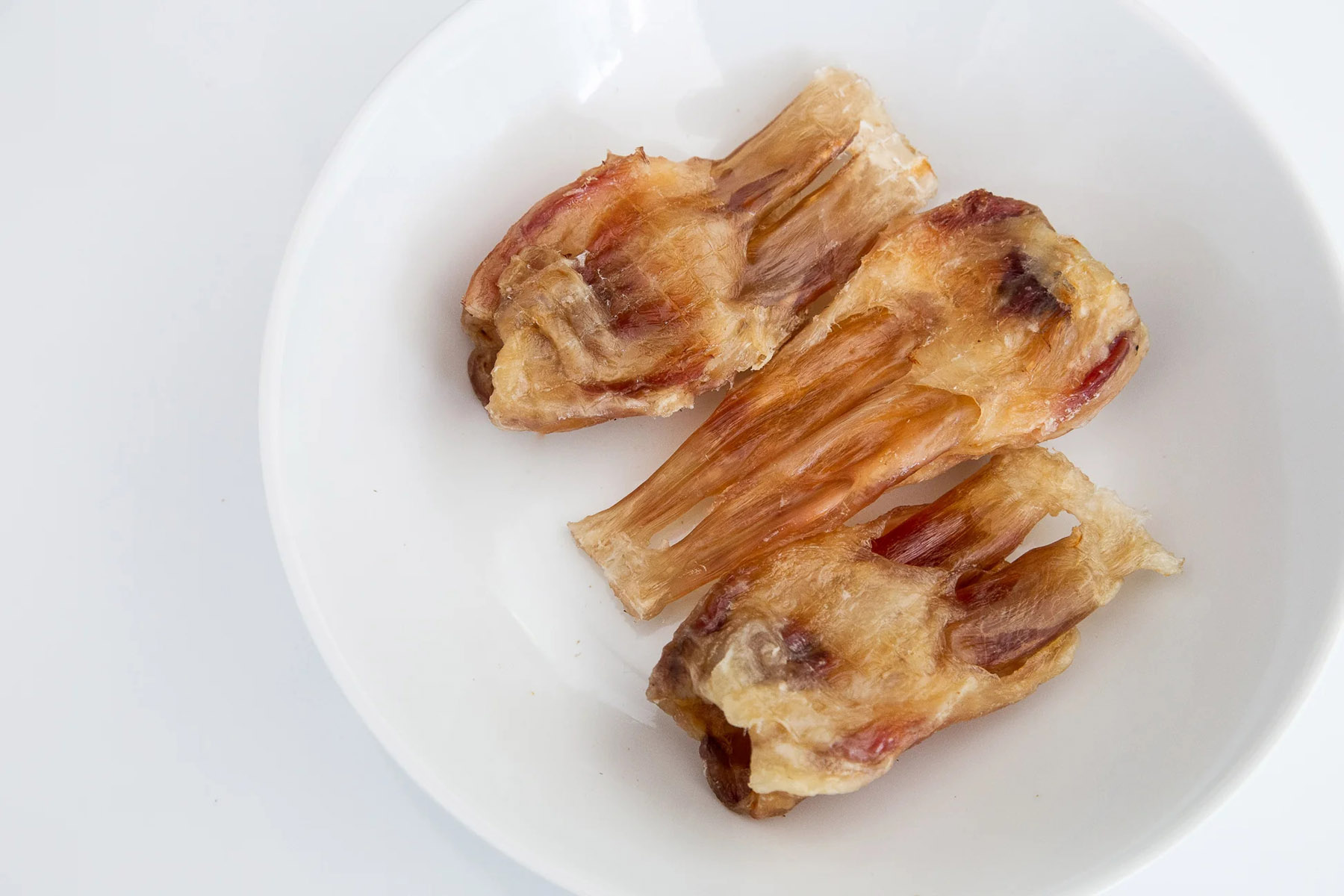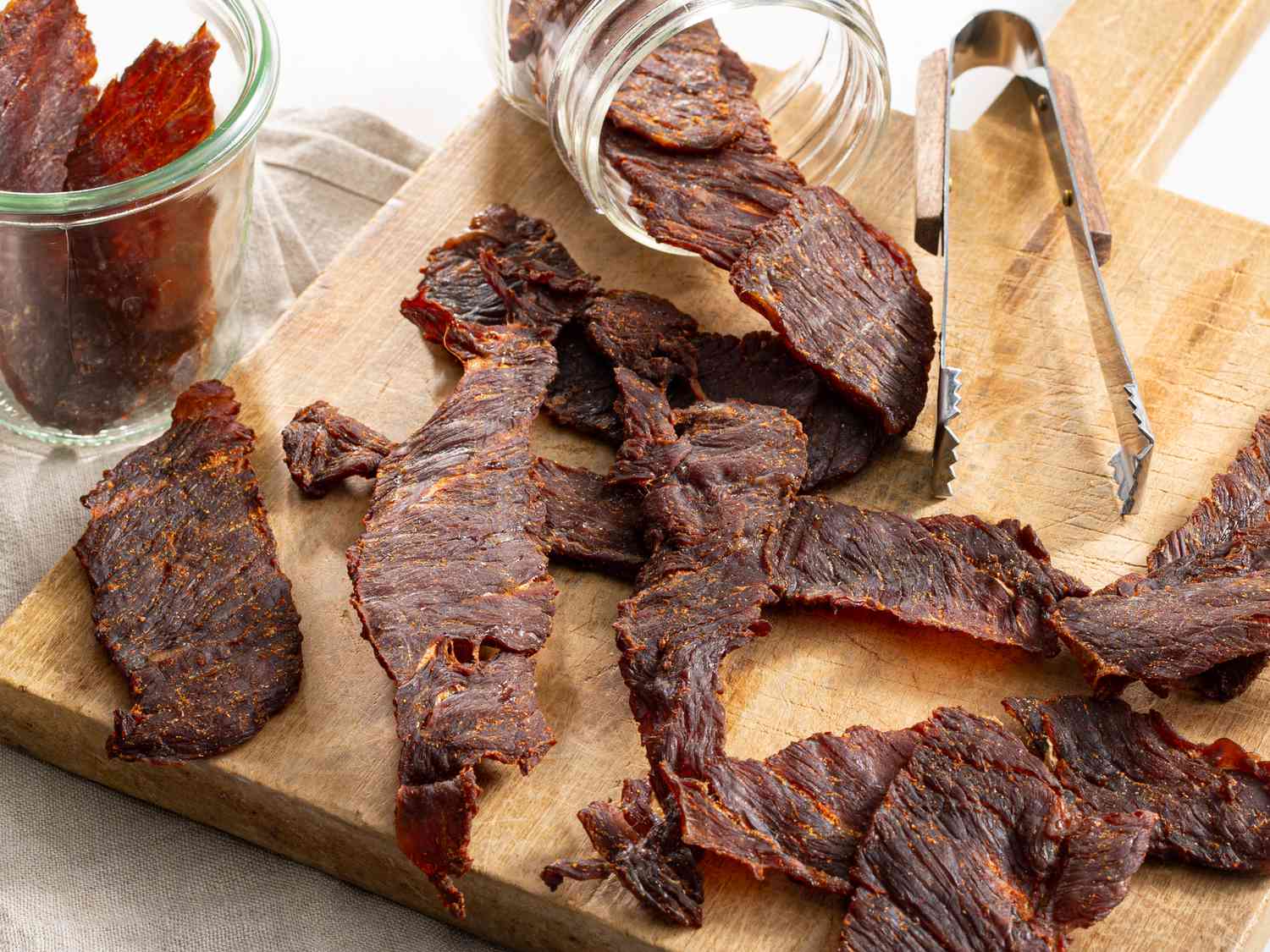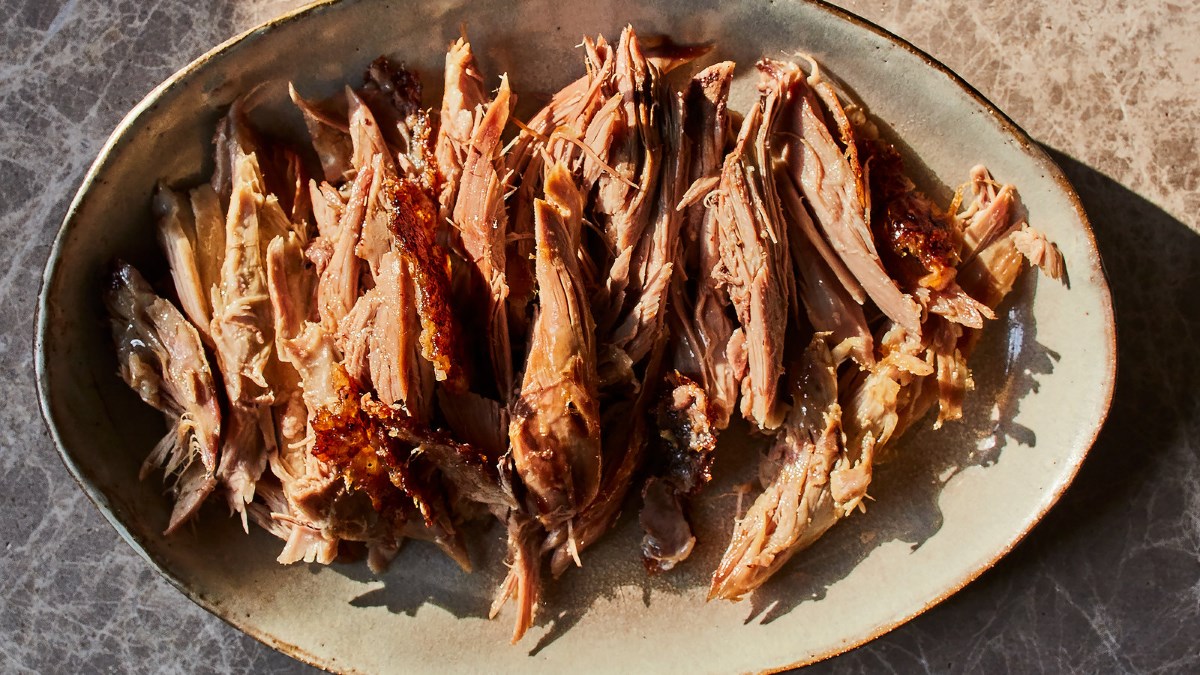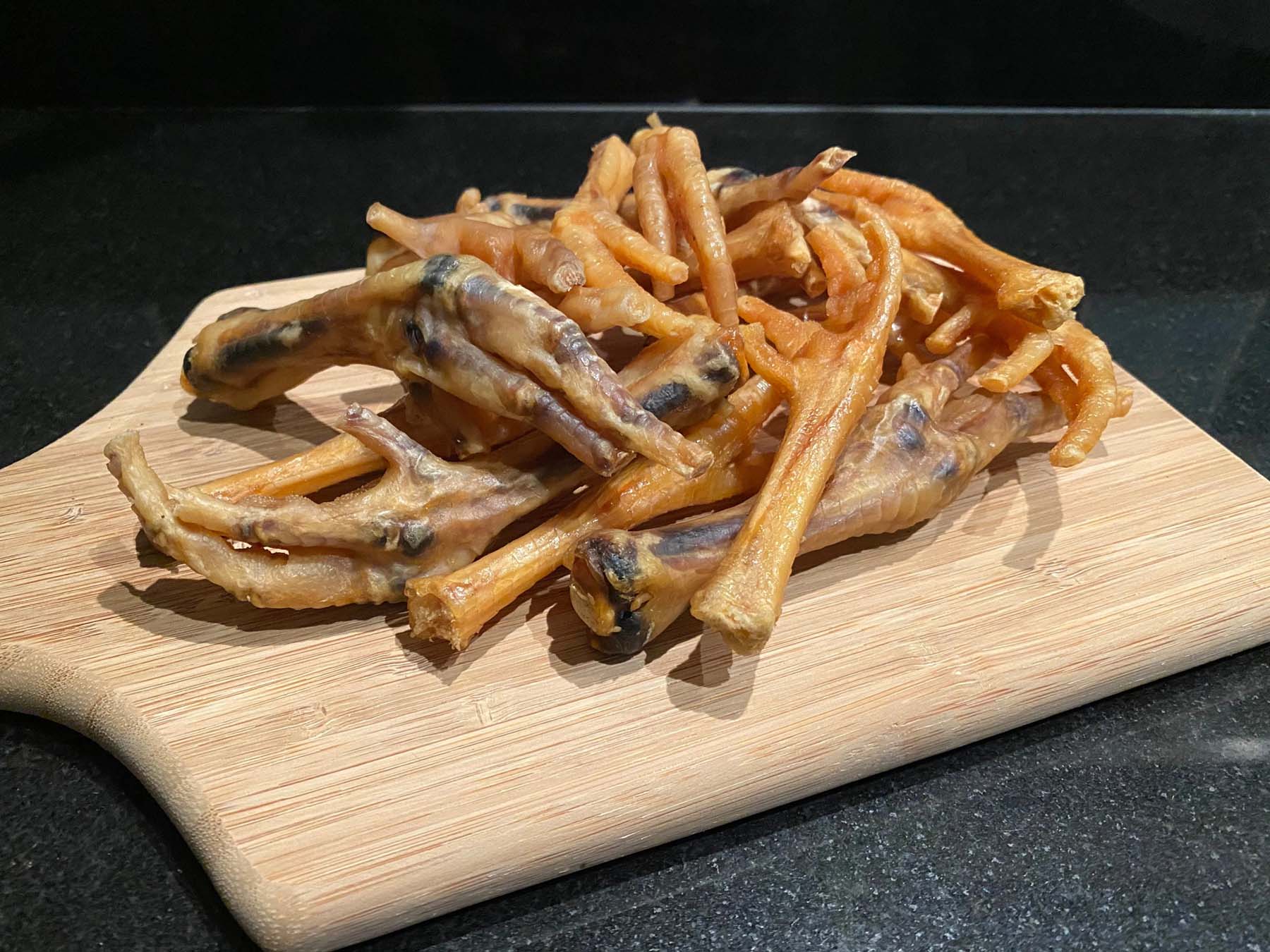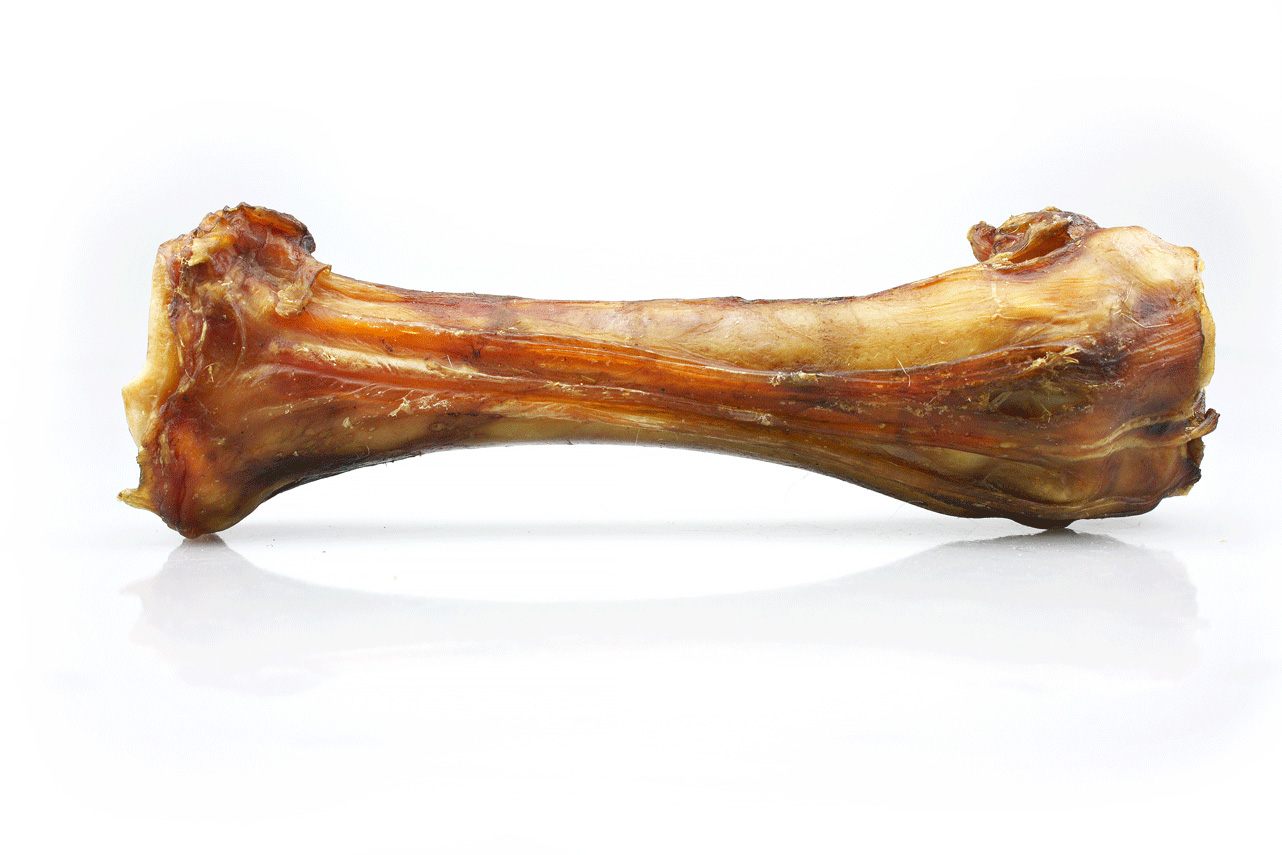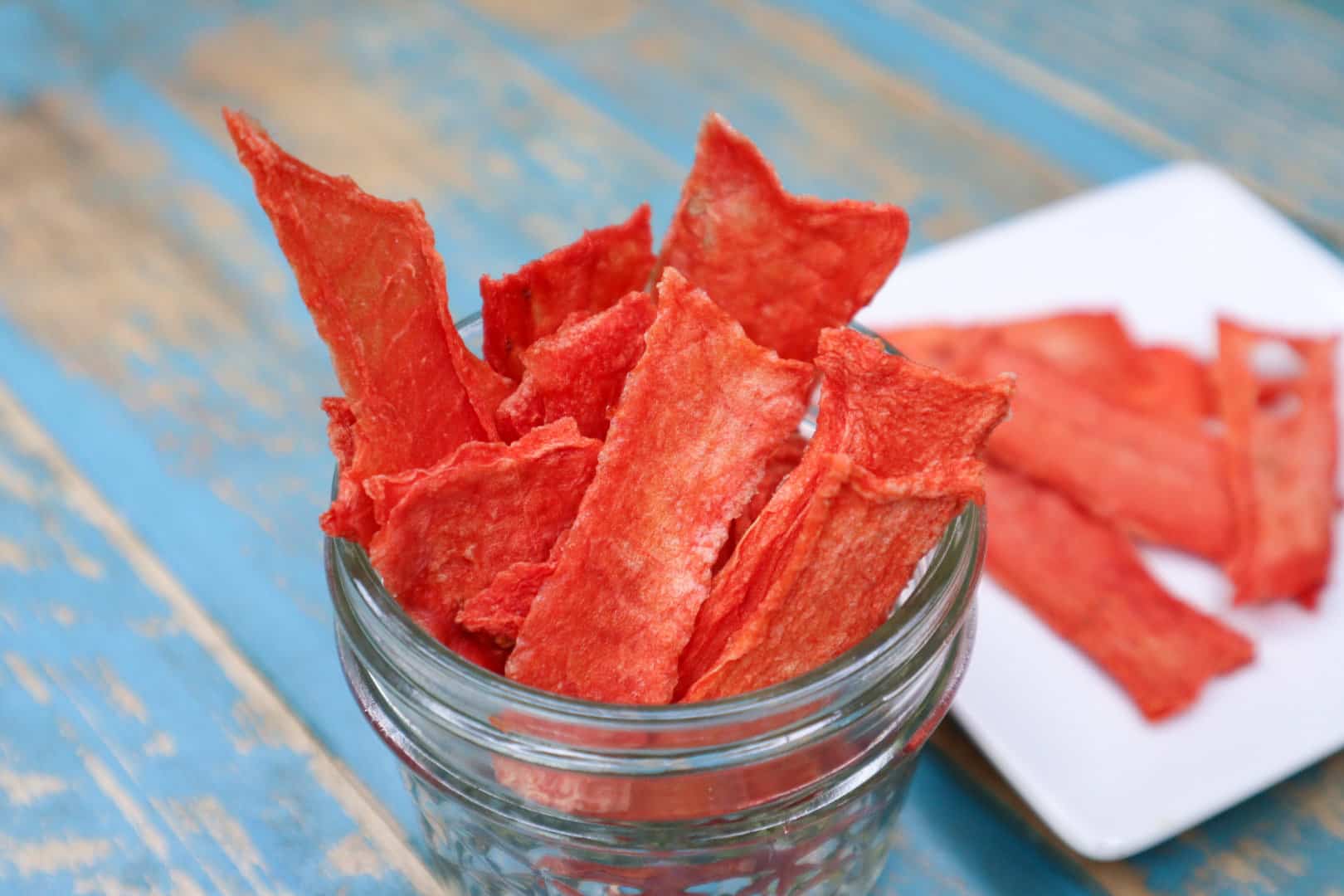Dehydrating Pig Ears for Your Pooch
Dehydrated pig ears are a popular and nutritious treat for dogs. Not only do they provide a tasty snack for your furry friend, but they also offer several health benefits. If you’re interested in making your own dehydrated pig ears for your dog, you’ve come to the right place. In this guide, we’ll walk you through the process of dehydrating pig ears at home.
Why Dehydrate Pig Ears?
Dehydrating pig ears is a great way to create a long-lasting, natural treat for your dog. When you dehydrate pig ears, you remove the moisture content, which helps to preserve the ears and prevent spoilage. Additionally, dehydrated pig ears can help promote dental health in dogs by providing a chewy texture that helps remove plaque and tartar from their teeth.
Steps to Dehydrate Pig Ears
Dehydrating pig ears at home is a simple process that requires just a few basic supplies. Here’s a step-by-step guide to help you get started:
- Preparation: Start by obtaining fresh pig ears from a reputable source. It’s important to ensure that the pig ears are free from any additives or preservatives. Rinse the pig ears thoroughly under cold water to remove any dirt or debris.
- Cutting: If the pig ears are large, you may need to cut them into smaller pieces to fit into your dehydrator. Use a sharp knife to cut the pig ears into manageable sizes.
- Preheat the Dehydrator: Before placing the pig ears in the dehydrator, preheat it to the recommended temperature. Most dehydrators operate at around 160°F (71°C).
- Arrange the Pig Ears: Once the dehydrator is preheated, arrange the pig ears on the dehydrator trays, making sure to leave space between each piece for proper air circulation.
- Dehydrate: Place the trays in the dehydrator and set the timer according to the manufacturer’s instructions. The pig ears will typically need to dehydrate for 12-24 hours, depending on the size and thickness of the pieces.
- Check for Dryness: Periodically check the pig ears for dryness. They should be firm and dry to the touch when fully dehydrated.
- Cooling and Storage: Once the pig ears are fully dehydrated, allow them to cool completely before storing them in an airtight container. Properly dehydrated pig ears can be stored at room temperature for several weeks.
Benefits of Dehydrated Pig Ears
Dehydrated pig ears offer several benefits for dogs, including:
- Nutritious: Dehydrated pig ears are a good source of protein and essential nutrients for dogs.
- Dental Health: Chewing on dehydrated pig ears can help promote dental health by reducing plaque and tartar buildup.
- Long-Lasting: Dehydrated pig ears have a longer shelf life compared to fresh pig ears, making them a convenient and economical treat for your dog.
- Entertainment: Dogs enjoy the chewy texture of dehydrated pig ears, providing them with mental stimulation and entertainment.
Final Thoughts
Dehydrating pig ears for your dog is a simple and rewarding process that allows you to provide a healthy and enjoyable treat for your furry companion. By following the steps outlined in this guide, you can create a supply of dehydrated pig ears to keep your dog happy and satisfied. Remember to always supervise your dog while they enjoy their dehydrated pig ear treat, and consult with your veterinarian if you have any concerns about introducing new foods into your dog’s diet.
Now that you know how to dehydrate pig ears for your dog, why not give it a try? Your pup will thank you for the delicious and nutritious homemade treats!
Expanding the Delights: Recipes and More Uses for Dehydrated Pig Ears
Having mastered the art of dehydrating pig ears for your canine companions, why not broaden your culinary horizon with other dehydrated treats? For pet lovers, the Crunchy Sweet Potato Dog Treats Recipe is a must-try, offering a healthy snack for your dogs using similar dehydration techniques. If you're catering to human tastes, the Classic Beef Jerky Recipe and Gourmet Mushroom Jerky Recipe are excellent choices for savory snacking. Both recipes not only provide a delightful taste experience but also allow you to practice and perfect the drying process learned from dehydrating pig ears. For those with a sweet tooth, the Homemade Fruit Leather Recipe is a versatile option, teaching you to transform various fruits into delicious, chewy snacks.
Was this page helpful?
Read Next: How To Dehydrate Turkey Necks For Dogs
